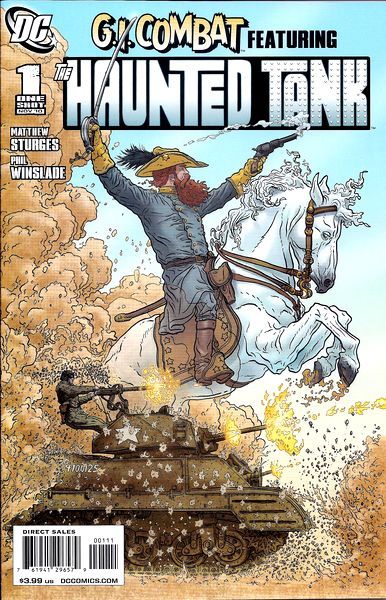Christopher A. Lawrence is a professional historian and military analyst. He is the Executive Director and President of The Dupuy Institute, an organization dedicated to scholarly research and objective analysis of historical data related to armed conflict and the resolution of armed conflict. The Dupuy Institute provides independent, historically-based analyses of lessons learned from modern military experience.
Mr. Lawrence was the program manager for the Ardennes Campaign Simulation Data Base, the Kursk Data Base, the Modern Insurgency Spread Sheets and for a number of other smaller combat data bases. He has participated in casualty estimation studies (including estimates for Bosnia and Iraq) and studies of air campaign modeling, enemy prisoner of war capture rates, medium weight armor, urban warfare, situational awareness, counterinsurgency and other subjects for the U.S. Army, the Defense Department, the Joint Staff and the U.S. Air Force. He has also directed a number of studies related to the military impact of banning antipersonnel mines for the Joint Staff, Los Alamos National Laboratories and the Vietnam Veterans of American Foundation.
His published works include papers and monographs for the Congressional Office of Technology Assessment and the Vietnam Veterans of American Foundation, in addition to over 40 articles written for limited-distribution newsletters and over 60 analytical reports prepared for the Defense Department. He is the author of Kursk: The Battle of Prokhorovka (Aberdeen Books, Sheridan, CO., 2015), America’s Modern Wars: Understanding Iraq, Afghanistan and Vietnam (Casemate Publishers, Philadelphia & Oxford, 2015), War by Numbers: Understanding Conventional Combat (Potomac Books, Lincoln, NE., 2017) and The Battle of Prokhorovka (Stackpole Books, Guilford, CT., 2019)
Mr. Lawrence lives in northern Virginia, near Washington, D.C., with his wife and son.


Very interesting. I plan on reading the report when I get a chance later tonight. I’ve always loved light tanks, but I did read some US Army studies and conclusions from the late Cold War when the Sheridan was ditched and it was decided to completely equip US recon and cavalry units with the M1 Abrams and M3 Bradley and not develop a dedicated reconnaissance light tank in the style of the Scorpion or Scimitar. As I understand it, that choice has often been criticized by other nations, but it came with a number of advantages. One of the biggest was that the enemy couldn’t tell what kind of US Army formation they were facing based on equipment encountered.
Facing the British or Soviets, you may be able to tell if you were running into an armored unit, mechanize infantry, or recce, depending on what sort of vehicles were encountered (BRDM-2, Scimitar, FV432, etc.) HMMWVs, Bradleys, M113s, and Abrams were basically used by all US units, regardless of role, so very little intelligence could be gathered about American units based on what vehicles were spotted. I’m not sure how useful that is, but I at least found it interesting.
Again, I love light tanks, but from the reading I was doing, I came to the sad conclusion that as long as the terrain and logistical tail supported their use, it was better to use a standard MBT, APC, or IFV than a light tank in the overwhelming majority of situations. Outside of a few niche units and/or situations (such as airborne), I support the relatively boring decision by the US to not pursue further light tank development and procurement.
I’d be interested to know what your thoughts are on the subject outside of what’s in the report.